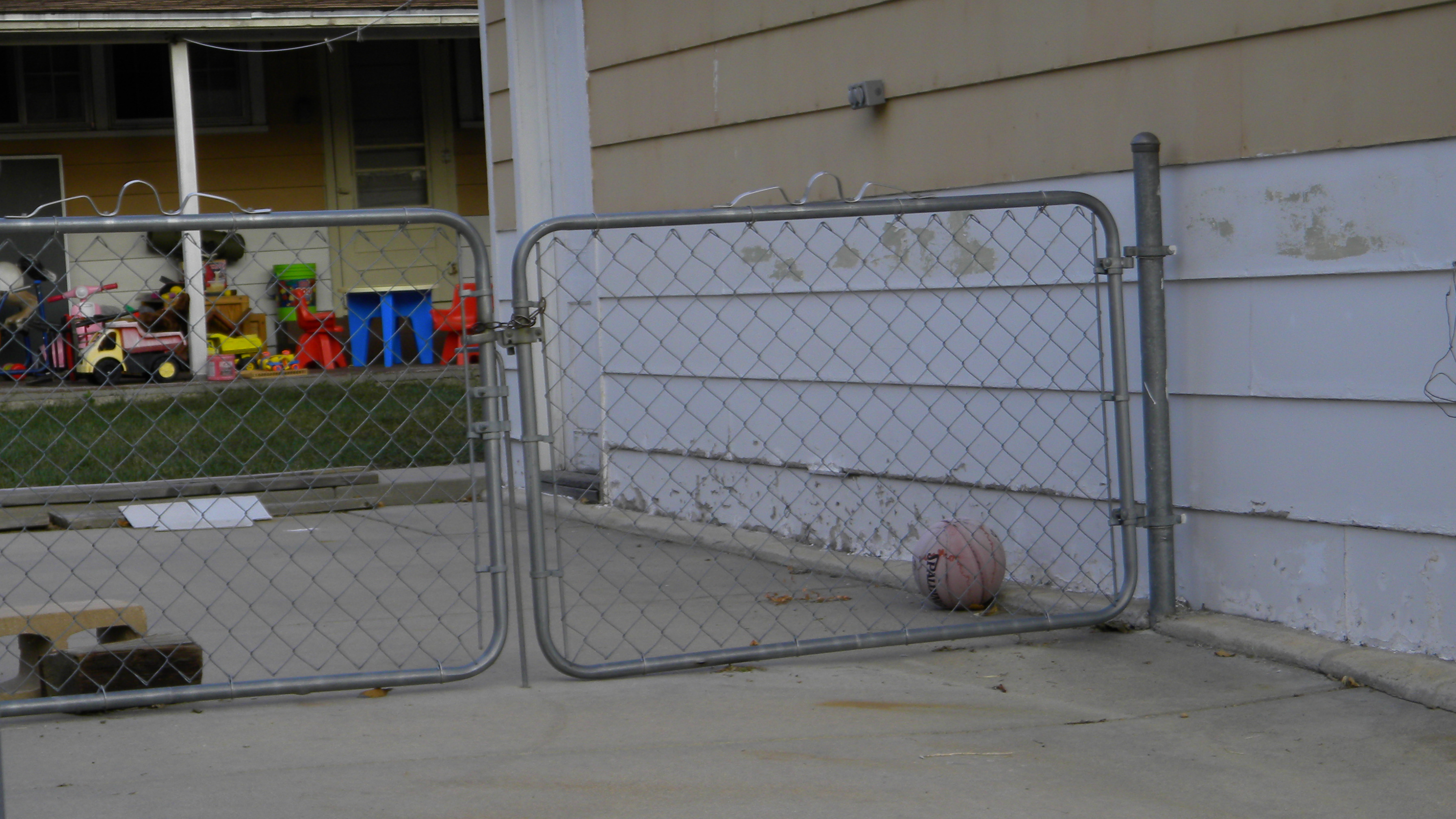
especially those built before 1978, can potentially be harmful to all ages and even your pets.
Children ages six and younger who are exposed to lead in the home are most vulnerable
and may suffer serious health issues. At high levels, lead poisoning can be deadly. The
World Health Organization (WHO) states, there is no known level of lead poisoning that
is safe.
What Homes May Have Lead Paint?
According to the Environmental Protection Agency (EPA), homes built before 1940 are
87-percent more likely to contain lead-based paint. The percentages go down the newer
the home with those built from 1940 through 1959 69-percent more likely to have lead paint
throughout the house. Homes built from 1960 through 1977 are 24-percent more
likely. While the percentage moves to a lower likelihood after 1960, even a 24-percent
chance is too high and poses a danger to anyone living in the home.
Where is Lead Paint in the Home?
Often lead-based paint is buried under layers of newer and safer paint. However, when
paint peels or chips it can become a hazard. Lead-based paint may be found on the walls,
ceiling, and other painted surfaces like window frames, trim, and sills. It can be found on
the baseboards, stairway banisters and railings, painted stairs, and any painted cabinetry
or built-ins. Lead-contaminated dust in the home also poses a risk factor. The EPA offers a checklist to help you determine if lead poisoning may be a risk for your
family.
Symptoms of Lead Poisoning
As a toxin, lead affects many areas of the body including the liver, kidneys, and brain. It
also can affect the bones. On average, symptoms or signs of lead poisoning don’t emerge
until after a significant amount of lead is in the body. The Mayo Clinic lists several
symptoms that are common in children suffering from lead poisoning.
These include:
- Loss of appetite and/or vomiting
- Weight loss
- Sluggishness and fatigue
- Abdominal pain
- Constipation
- Irritability
- Hearing loss
- Learning difficulties
- Developmental delay
Babies exposed to lead poisoning before birth through their mother may suffer from a
low birth weight and experience delayed growth. Lead exposure and poisoning to the
mother while pregnant also increases the risk for a premature birth.
Symptoms for adults, also via the Mayo Clinic, include but are not limited to:
- Headache
- Abdominal pain
- Joint and muscle pain
- High blood pressure
- Mood disorders
- Memory and concentration issues
- Reduced sperm count
- Higher risk for miscarriage, stillbirth, and premature birth for pregnant women
If you suspect lead is an issue in your home, it’s important to have everyone living in the
house tested. Lead poisoning is done through a blood test. The U.S. Department of
Housing and Urban Development (HUD) recommends testing for lead poisoning if you
live or regularly visit a house that was built before 1978. Children can be tested as early
as age one.
How to Care for Lead-Painted Surfaces
The best way to prevent lead poisoning is to remove all traces of lead from the home.
However, when lead-based paint in buried beneath layers of new paint, it may not be a danger
— unless it becomes exposed through chipping, cracking, and peeling. You would be wise to hire a professional to inspect your home for evidence of lead paint.
In older homes preventative care can help reduce your risk for illness from lead.
- Regularly check all painted surfaces for chips and peeling
- If old paint has become exposed, have it tested for lead and removed if lead is
found
- Mop flooring at least twice a week to control potential paint dust as well
While the dangers of lead paint in older homes are numerous, lead poisoning is
preventable.
Guest post provided by Justin Havre who is a Calgary native and owner of Justin Havre & Associates
ECOBOND® is the nation’s leader in developing and distributing products that improve the protection of human health and safety from the hazards of lead in the home, workplace, and the environment. With over 15 years in patented and proven success, the ECOBOND® family of products have been extensively used in successfully treating lead hazards in over 11,000,000 tons of material while serving over 100,000 customers in the United States and Internationally.
To learn more visit lead paint treatment video or download free Industry Report: http://www.LeadPaintRemovalReport.com
